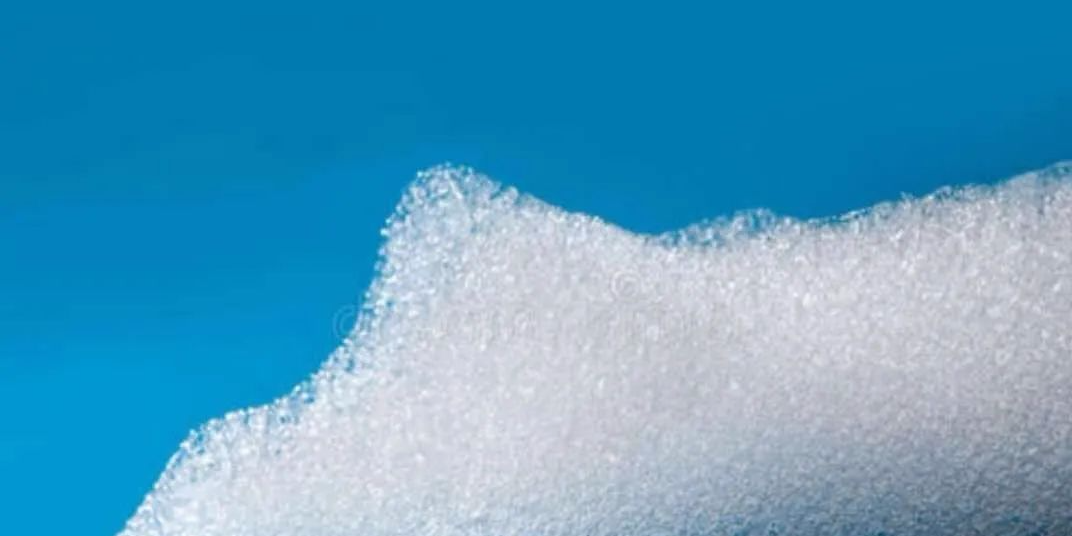How does foam impact the settlement of solids during the treatment process?
The Detrimental Effects of Foam on Solid Settlement in Wastewater Treatment
The settlement of solids is a critical facet of wastewater treatment. Unfortunately, foam formation can impede this essential process in several ways, greatly affecting the efficacy of wastewater treatment.
The Impact of Foam on Solid Settlement
Trapping of Particulate Matter: One of the most direct ways that foam can impact solid settlement is through entrapping particulate matter. This, in turn, prevents these particles from settling out of the water column, ultimately resulting in increased suspension of solids in the treated water.
Disturbance in Settling Tanks: Excessive foam can create disturbances in settling tanks. It can not only overflow and lead to operational difficulties but also disrupt the calm conditions necessary for effective settling of solids.
Interference with Separation Processes: Foam may interfere with biological and chemical processes, changing the normal interactions between solids and water. This can lead to improper separation, whereby solids that should have settled remain suspended.
Frequently Asked Questions
-
How does foam impact the settlement of solids?
- Foam can entrain particulate matter, disrupt settling tanks, and interfere with separation processes, impeding proper solid settlement in wastewater treatment.
-
Can foam cause disturbances in settling tanks?
- Yes, excessive foam generation can overflow and disrupt the calm conditions in settling tanks. This disturbance can lead to inefficient settling of solids.
-
How does foam interfere with separation processes?
- Foam may alter biological and chemical interactions between solids and water, leading to improper separation. This interference can ultimately cause solids that should have settled to remain suspended in the water.







